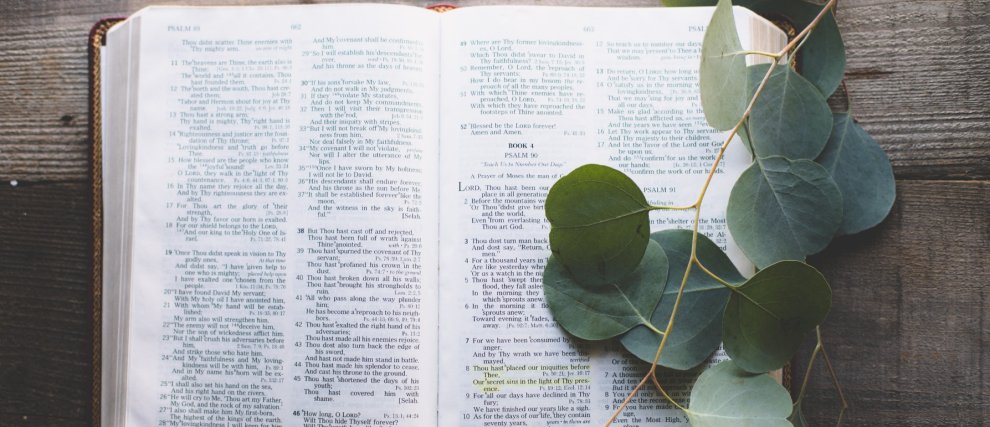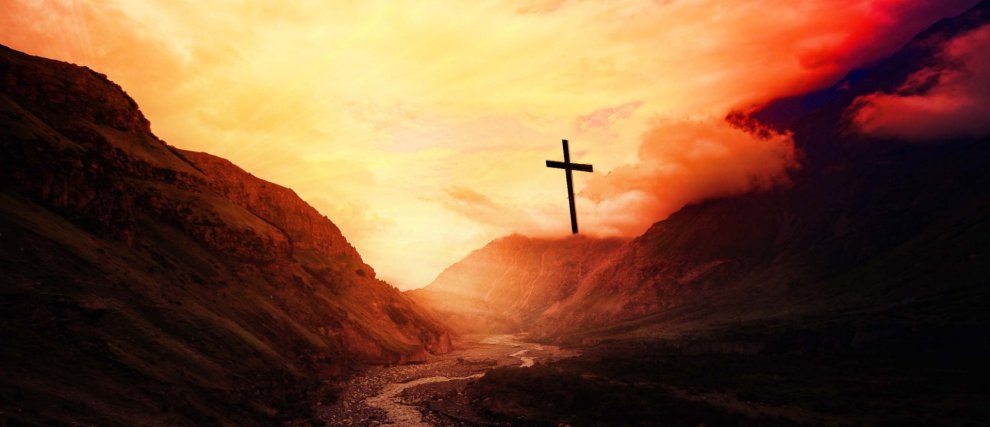Saint Kateri Tekakwitha
Kateri Tekakwitha, a Native American, is nicknamed “the Lily of the Mohawks”. Baptized Catherine, she is the first Native American saint to be canonized by the Catholic Church. She is celebrated on April 17, the day of her birth into Heaven. Kateri Tekakwitha is the patron saint of Native Americans as well as of the environment.
Biography of Saint Kateri Tekakwitha
Kateri was born in 1656 in Ossernenon in Iroquois territory, currently Auriesville in the state of New York. Coming from a Native American tribe of North America, her father was Agnier (a French term for Mohawks) and her mother was Algonquin. When she was only four years old, her parents and brother died from a smallpox epidemic that devastated her village. The young Tekakwitha was marked for life by the disease, which deteriorated her eyesight and left her with large scars. In 1666, her village was destroyed by a punitive French mission.
Her relatives then settled on the other side of the river, where a year later, Jesuit missionaries came to establish the Saint-Pierre mission. Tekakwitha became close to Father Jacques de Lamberville, from whom she requested baptism in 1675. The father taught her catechism and baptized her on Easter 1676, giving her the name Catherine in honor of Saint Catherine of Siena, a great Italian mystic of the 14th century. One year later, Catherine, often called Kateri, makes her first communion. Kateri makes an inner vow to remain a virgin for the Lord and rejected several marriage proposals.
Her conversion to Christianity led to persecutions from her relatives to the extent that Kateri left her village. With the help of the Jesuit fathers, she traveled hundreds of kilometers to reach the Saint-François-Xavier mission located in Sault-Saint-Louis (now the reservation of Kahnawake). There, she joined a group of Christian Iroquois women who had chosen to lead a life of chastity and mortification. Kateri quickly becomes the most pious of all, imposing heavy penances on herself. Due to her exemplary piety, the Jesuit brothers allowed her to privately make a perpetual vow of chastity, which she pronounced on March 25, 1679, on the feast of the Annunciation. In a short time, the wars and epidemics that prevailed took their toll on the fragile health of young Kateri. She died on April 17, 1680, at 24, after a long illness. After her death, her face became remarkably beautiful and at her funeral, many sick people were healed. Today, her relics are venerated in the sanctuary of Kahnawake.
The Church and Kateri Tekakwitha: The Canonization Process
Two Jesuit fathers would play a pivotal role in making known the holiness of Kateri Tekakwitha. The first is Father Claude Chauchetière (1645–1709), who came daily to Kateri's bedside during her final illness and wrote her biography. The second is none other than her confessor, Father Pierre Cholenec (1641–1721). In their writings, both emphasize the peace and serenity of Kateri in the face of death. Furthermore, they mention the spiritual and mystical gifts with which the young woman was endowed. Father Cholonec reports that a few minutes after Catherine's death, the smallpox marks disappeared from her face and it became white and radiant with beauty. The Jesuit brothers see this as a first miracle. In 1943, Pope Pius XII declared her venerable. Then Kateri was beatified in 1980 by Pope John Paul II. Finally, the canonization was celebrated by Pope Benedict XVI in 2012 following the recognition of a miracle. Kateri Tekakwitha is the first indigenous saint of North America.
Miracles of Saint Kateri Tekakwitha
The miracle recognized by the Church and which paved the way for canonization is that of the miraculous healing of young Jake Finkbonner in 2006 in the state of Washington. The teenager had contracted necrotizing fasciitis, also known as “flesh-eating bacteria.” While doctors had lost all hope, the family turned to Kateri. It was then that a young nun named Kateri visited them, bringing along relics of Kateri Tekakwitha! The parents immediately saw it as a sign and, imposing the relic on Jake, they prayed with increased fervor. A few days later, the young boy was healed. Several years later, the family once again received a grace from Saint Kateri. While on a school trip abroad, Jake fell ill without his parents being informed. His father saw him in a dream calling for help. Together with his wife, they fervently prayed to Saint Kateri to bring back their son safe and sound. Upon his return in good health but covered in bumps, the parents discovered that it was precisely at the moment when the father saw Jake in a dream that their son had fallen ill and remained in intensive care all night. The parents now affirm that a special bond unites their son with Saint Kateri. The saint indeed had her face disfigured by smallpox scars and personally dealt with diseases that also attacked the skin.
Prayer to Saint Kateri Tekakwitha
Dear Saint Kateri Tekakwitha, as a great sister close to God, you discreetly watch over us. May your love for Jesus and Mary inspire us to speak and act with fraternity, reconciliation, and forgiveness. Ask God to grant us the courage, boldness, and strength to build a world of justice and peace among us and between nations. Like you, we desire to encounter the Lord present deep within nature and to become witnesses of Life. With you, we offer our praise to the Father, the Son, and the Holy Spirit. Amen. Founding Saints of the Church in North America, pray for us.
Praying with the Saints on Hozana!
Kateri Tekakwitha is the patron saint of the environment, with her, pray to preserve the wonders of nature entrusted to us by the Lord.
Saint Kateri is prayed to especially for the sick. With it, entrust your sick to the merciful tenderness of the Lord

